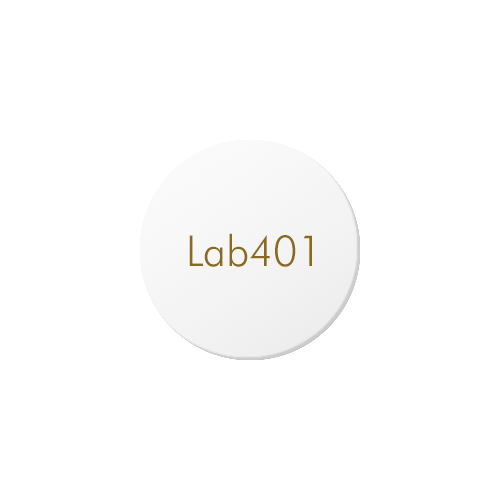

INTRODUCTION
Need to make perfect, undetectable of MIFARE Classic® 1K Cards ?
Many access control systems / RFID readers are now able to detect "Chinese Magic" tags by sending the "Unlock Command" (0x40 / 0x43). If the badge replies, it is flagged as an imposter / clone and rejected.
These "Gen2a" badges allow the UID to be set one time only - and after that - the tag never responds to magic commands. This allows you to make undetectable, perfect clones.
Once the UID has been set, the tag acts as a normal card. You can change the data of the card as many times as required - we've tested up to 10,000 read/write cycles.
Remember: This badge's UID can only be set one time.
These tags are red and in key ring form for convenience.
| Feature | Information | Notes |
|---|---|---|
| Chipset | MIFARE Classic® Compatible | |
| Memory Size | 1K | |
| UID Size | 4 Byte | |
| UID Modifiable | ✔️ | One time only |
| Chip Generation | Gen 2 OTW (Gen2a) |
Chipset Generation Guide |
| UID Modifiable | Unlock Required | DirectWrite / Block 0 | One Time Write | Notes |
|---|---|---|---|---|
| ✔️ | ✔️ | ✔️ |
UID can only be modified once! |
| Compatibility | UID | R/W | Config | Notes |
|---|---|---|---|---|
| Flipper Zero | ✔️ | ✔️ | ✔️ | |
| Proxmark / iCopy-X | ✔️ | ✔️ | ✔️ | |
| Android & iOS | ✔️ | ✔️ | ✔️ | MTools recommended |
| LibNFC | ✔️ | ✔️ | ✔️ | |
| ChameleonUltra | ✔️ | ✔️ | Requires MTools |
Hands on: See the card in action
The MIFARE Classic® Compatible 1K UID One-Time-Write can be used with several tools:
LibNFC - change UID
To update the UID of the badge, simply write the dump contents to the badge.
nfc-mfclassic w a u /tmp/1K.dmpProxmark - change UID
To update the UID of the badge, simply write the dump contents to the badge. When using wrbl - you are directly modifying the card's configuration. Ensure that all data is correct including BCC - otherwise you will brick your card.
hf mf wrbl --blk 0 -k FFFFFFFFFFFF -d 11223344440804006263646566676869 # Where 11223344 is the UID, 08 is the BCCLive Demonstration : LibNFC & Proxmark
Unbricking
"Soft-bricking" refers to when a magic card has been configured in a way that prevents it from being detected. Ways of soft-bricking tags include:
- Incorrect BCC
- Incorrect SAK
- Incorrect ATQA
- Incorrect ATS
- Incorrect ACL (Access Control) Values
With Proxmark / iCopy-X
hf 14a config --atqa force --bcc ignore --cl2 skip --rats skip
# for 1k
hf mf wrbl --blk 0 -k FFFFFFFFFFFF -d 11223344440804006263646566676869 --force
hf 14a config --std
hf 14a readerVia external reader/writer and MTOOLS
Select the "UID Changer" function in MTools, select "bricked" and run the task
IMPORTANT:
Lab401 cannot provide refunds under any circumstances for cards that were 'bricked' due to incorrect configurations.
